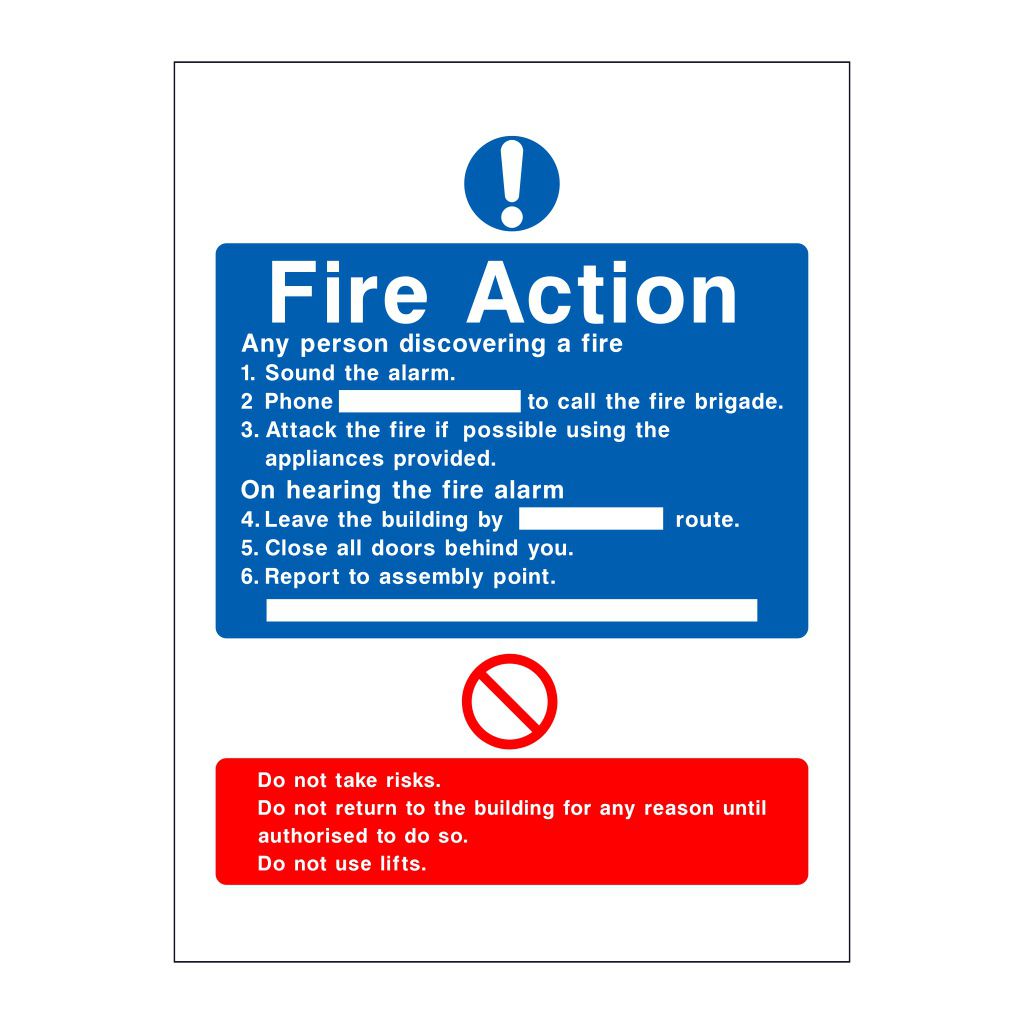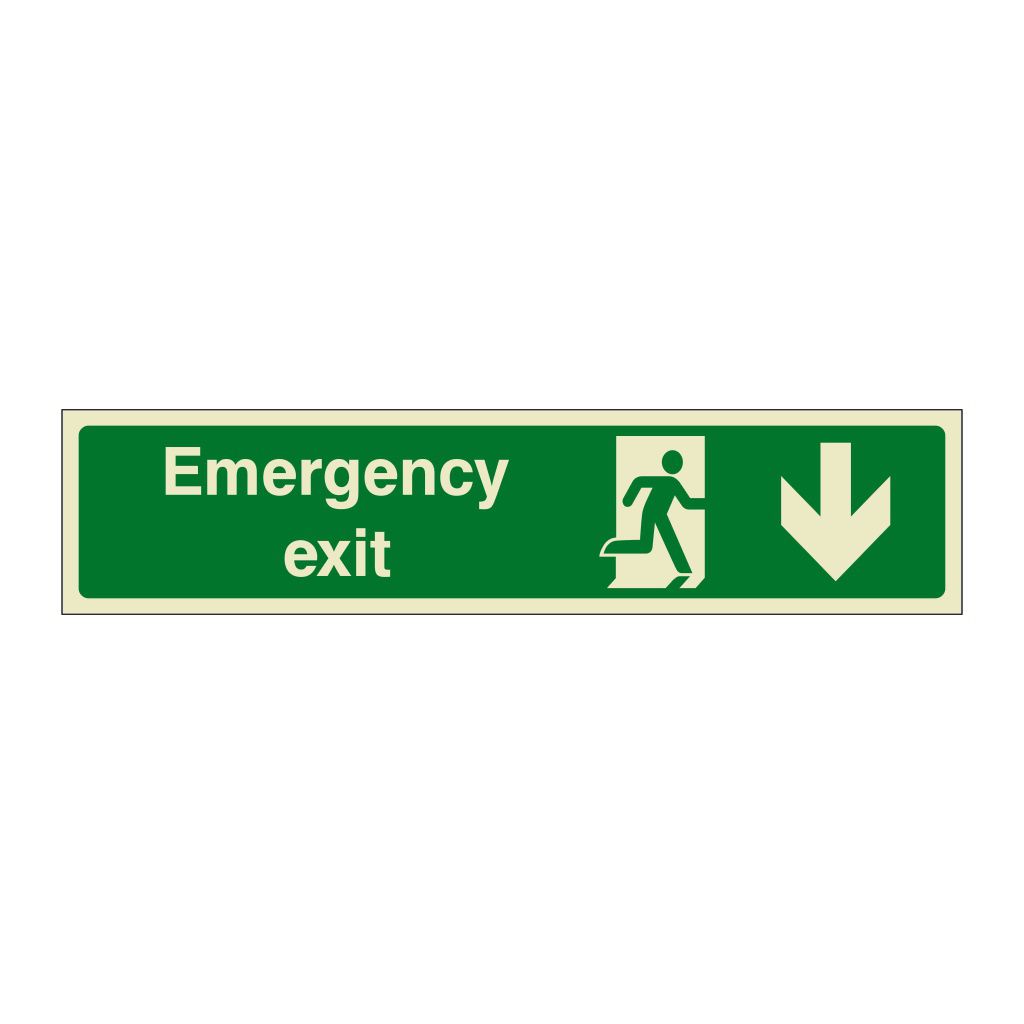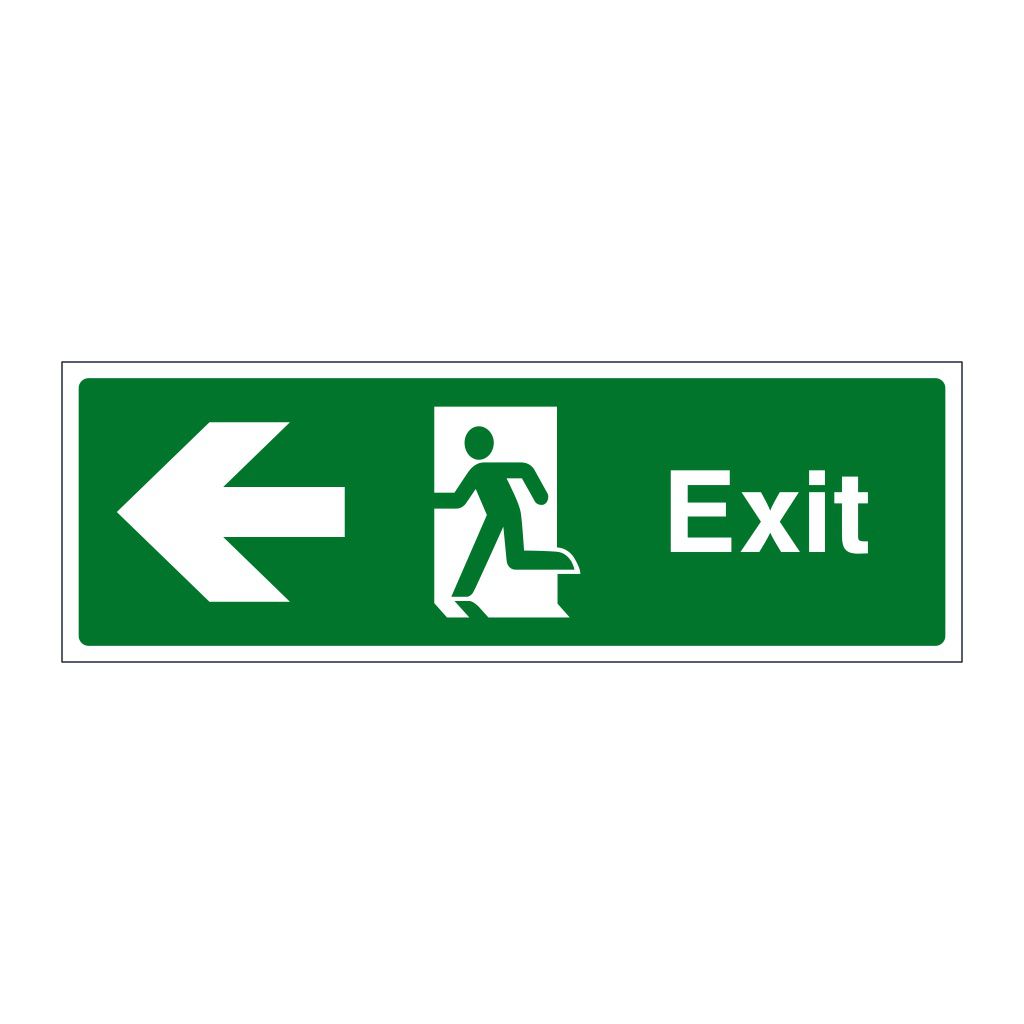 0
Basket
0
Basket
Is Your Emergency Signage Compliant?
17/05/2023Compliance with legal regulations is not only important for the safety of individuals but for the avoidance of penalties.
Compliance with legal regulations is not only important for the safety of individuals but for the avoidance of penalties.
The Health & Safety Executive sets out the UK’s legal requirements for emergency signage, but we have broken it down into bite sized pieces below.
Emergency Signage – Key Principles
There are several key principles which underpin an effective emergency signage approach:
• Visibility – emergency signage should be easily visible from a distance, even in low light or adverse weather conditions. Bright, high-contrast colours like red, yellow and green are commonly used to make emergency signs more visible.
• Clarity – emergency signage should convey information clearly and concisely, without requiring any special knowledge or interpretation. The message should be easy to understand and should not be open to misinterpretation.
• Universality – emergency signage should be universally understood, regardless of language or cultural background. Symbols and pictograms are often used in addition to text to ensure that the message is clear to all.
• Consistency – emergency signage should follow a consistent design and placement regime throughout a facility or building, so that people can quickly and easily identify emergency exits, emergency equipment and other important features.
• Durability – emergency signage should be durable and able to withstand harsh conditions, such as fire, smoke or water damage. Signs made from materials such as aluminium, PVC or photo luminescent materials are often used to ensure that they remain visible even in emergency situations.
Complying with Legal Requirements
Emergency signage guides people to safety, alerts people to danger and saves lives. It’s therefore important it complies with legal requirements. Most countries have regulations which require certain types of buildings to have emergency signage. In the UK, the applicable regulations are set by the Health and Safety Executive. Their full guidance can be found here. Compliance with regulations is important both to ensure the safety of individuals in buildings and to avoid penalties.
Another key piece of legislation that includes important information about emergency signage responsibilities is The Regulatory Reform (Fire Safety) Order 2005.
On the topic of fire safety, some important revisions to the existing fire safety regulations came into force in England in January 2023. Please click here to read the Government’s Fact Sheet about the recent regulatory changes.
Common Types of Emergency Signage
These are the main categories of emergency signs:
Emergency Door Signs – give clear instruction to all personnel on how or where to exit a building in the event of an emergency.
Emergency Escape Signs – buildings must have easily identifiable routes of escape. These signs provide clear instructions to support a safe and efficient evacuation of a building.
Emergency Facility Signs – give easily identifiable instructions and guidance to the location of emergency facilities within a building, such as breathing apparatus.
Emergency Stop Signs – these provide guidance on the location of emergency stop switches and buttons within a building.
Fire Action Signs – these display clear instruction on the correct action which needs to be followed in the event of a fire or an emergency.
Fire Equipment Signs – these are used to show all people in a building the location(s) of the building’s fire equipment.








